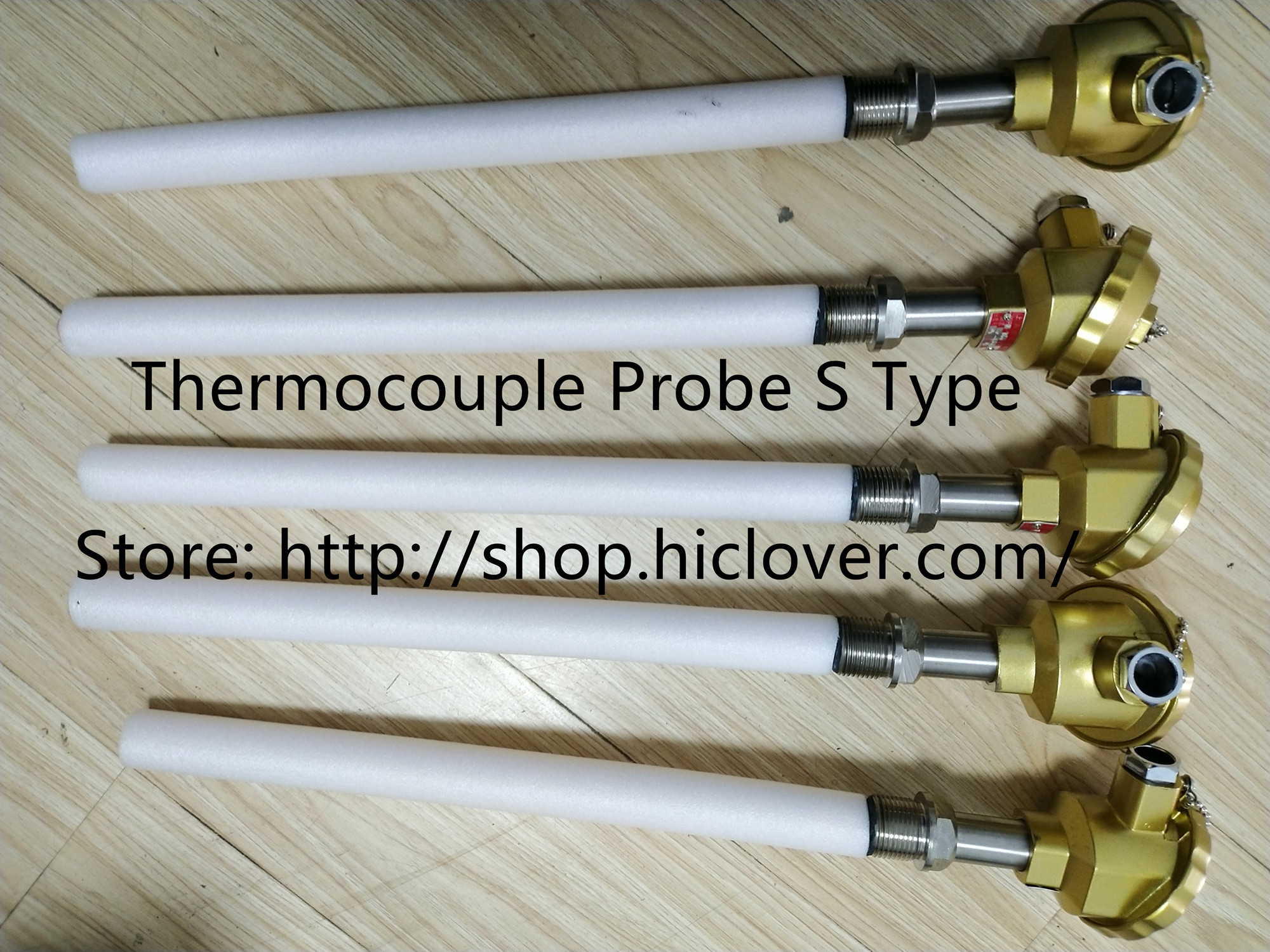Incineration is a widely used method for disposing of solid waste by burning it at high temperatures. This process not only reduces the volume of waste but also eliminates harmful substances and pathogens, making it an effective and environmentally sound method of waste disposal. In recent years, innovative technologies and techniques have been developed to improve the efficiency and environmental performance of incinerators.
One of the key developments in incinerator technology is the use of advanced flue gas treatment systems. These systems are designed to remove harmful pollutants, such as nitrogen oxides, sulfur dioxide, and heavy metals, from the incinerator’s exhaust gases before they are released into the atmosphere. This helps to reduce air pollution and minimize the impact of incineration on public health and the environment.
In addition to flue gas treatment systems, new incinerator designs have been developed to optimize energy recovery from the combustion process. For example, waste-to-energy (WtE) incinerators are designed to capture the heat generated during the incineration process and convert it into electricity or heat for use in nearby buildings or industrial processes. This not only reduces the reliance on fossil fuels but also helps to offset the operating costs of the incinerator.
Another area of innovation in incinerator installation is the integration of digital monitoring and control systems. These systems use sensors and data analytics to continually monitor and optimize the performance of the incinerator, maximizing efficiency and minimizing downtime. This not only improves the overall operation of the incinerator but also ensures compliance with environmental regulations and emission standards.
Furthermore, advancements in materials and construction techniques have also led to the development of more durable and efficient incinerators. For example, the use of high-temperature resistant materials and advanced insulation techniques help to prolong the lifespan of the incinerator and minimize heat loss during the combustion process, leading to improved energy efficiency and cost savings.
In conclusion, innovative technologies and techniques in incinerator installation have led to significant improvements in the efficiency and environmental performance of waste-to-energy incineration. From advanced flue gas treatment systems to digital monitoring and control systems, these developments are helping to ensure that incineration continues to be a safe and sustainable method of waste disposal for years to come. As the demand for waste disposal solutions continues to grow, it is likely that further advancements in incinerator technology will continue to drive progress in this field.



